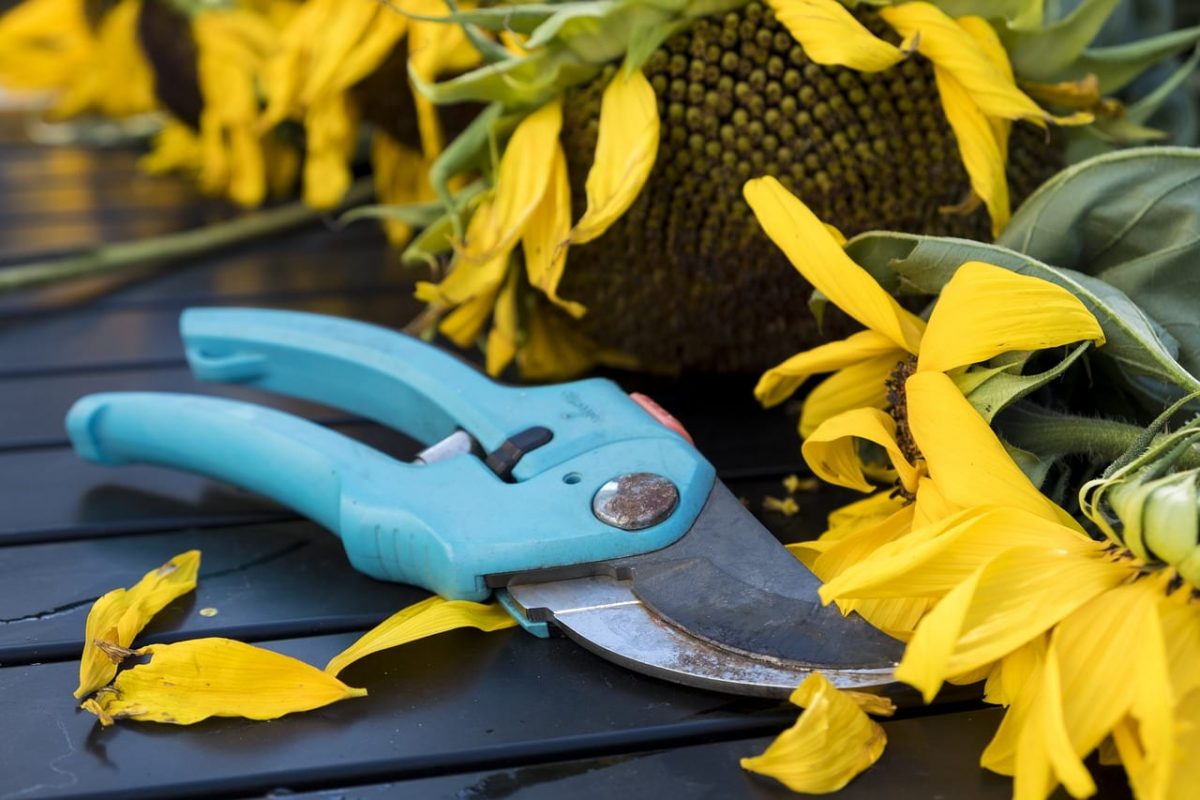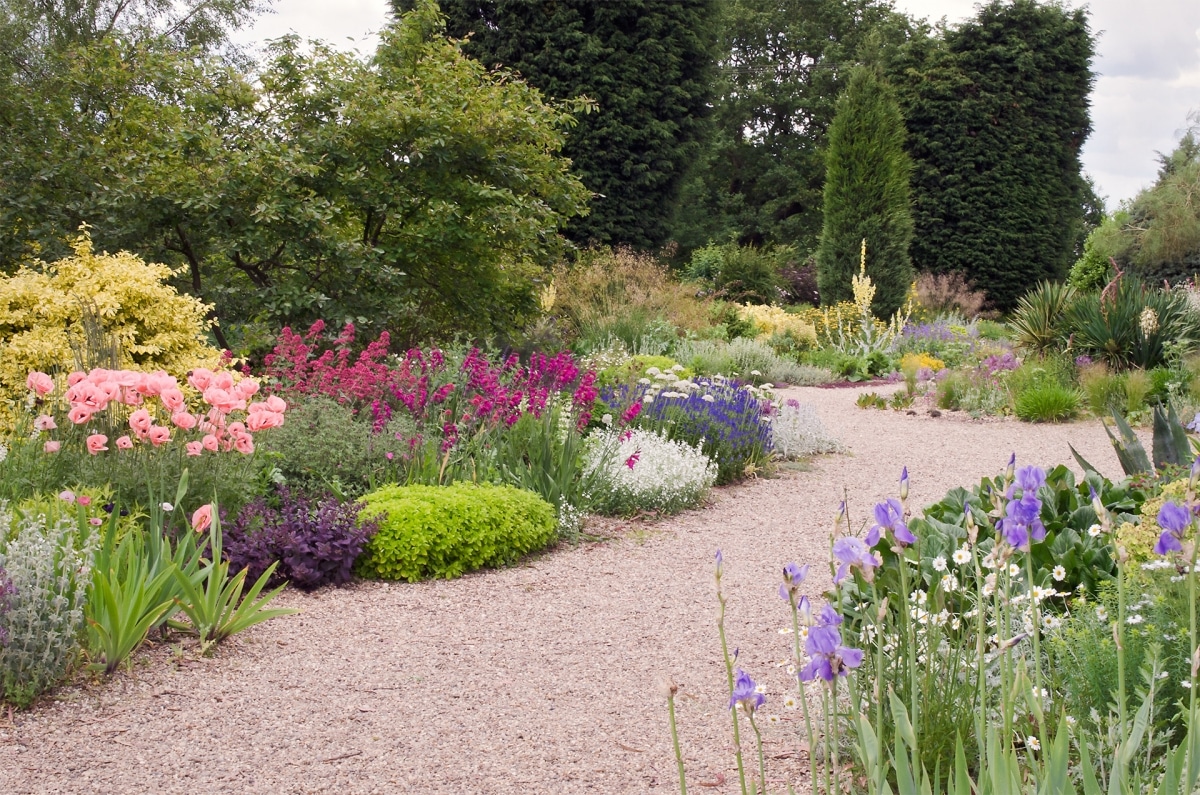
Sometimes to get a plant to branch more and where we are interested it is interesting to prune it, since this not only forces it to produce more branches, but also and as a result of this we can achieve a more compact size.
Although it can be pruned in several different ways, apical pruning is what we will have to do if we want to control its growth and development a little. But, How is it done?
What is it?
Apical pruning is a technique that stops the vertical growth of the plant forcing it to branch lower. But it is very important to clarify that, really, this upward growth is not going to stop forever.
In fact, it is usual that some time after pruning one of the new branches assumes the role of main branch or guide, which will be the one that makes said plant continue to gain height. But to avoid a messy appearance we can pinch it; so it will branch.
What is clamping?
Clamping is a technique that consists of remove newer leaves of a branch. The objective is the same as that of apical pruning: to get it to branch; but since green, that is, tender parts are cut, it can often be done with your fingers or, if you prefer, with scissors. As the damage is minor, it can be clamped at any time, as the plant does not take long to recover.
How is apical pruning done?

Image - Wikimedia / RoRo
If we are interested in doing this pruning to our plant, what we will do is cut branches or stems with clean, disinfected scissors (as these). The length of the cut will depend on the type of plant and, above all, on the size it is at that time.
For example, suppose we have a young tree, 1 meter high that is nothing more than a stick with some leaves, which we want to make bonsai. Well, the first thing we will do is identify the buds, which is where the leaves sprout. These buds are usually seen as scars (corresponds to number 1 in the image above), or bumps or bumps (2 and 3). Once located, we will cut no more than ten centimeters, and always above a otherwise the tree would not sprout.
Another case, geraniums and similar plants. As they are relatively small plants, we will cut above some leaves.
When is made?
It cannot be done at any time of the year. Topping, unlike pinching, can entail trimming branches that have already begun to lignify; that is, branches that are beginning to be woody. What's more, it is necessary that we respect the rest period of our cropsWell, they, like us, work best when they have rested. This period coincides, in many cases, with winter, but it can also be summer if it is very hot.
As it is not always known exactly when our plants rest, it is preferable to perform apical pruning at the end of winter if they are species from temperate climates, or when spring has already settled if what we want is to prune tropical or indoor plants.
What is apical dominance in plants?

Image - Wikimedia / bertknot
Apical dominance could be defined as a reaction plants have to sunlight, as they all tend to grow upwards, vertically. The reason? It is basically the following: they need light to be able to carry out photosynthesis, and therefore, to grow.
Some need direct light, such as Sarracenia or carnations; others prefer shade like the vast majority of ferns, but none could be in a dark place. It is for this reason that, for example, there are no plants inside the caves.

But, what is the use of knowing this when pruning them? From what we commented before: When apical pruning, it will not take long to see that one branch becomes the main one, growing upward more than the others. Thus, we will have no choice but to clamp it if we want it to have a compact development.
What are the plants with the greatest apical dominance?
There are a wide variety of plants in which it is easy to locate a main branch or guide, among which are the following:
- Trees: Brachychiton, Albizia, Pseudobombax, lilo (Syringa vulgaris), ...
- Conifer-type trees: pines (Pinus), araucaria (especially Araucaria heterophylla), yews (Taxus), spruces (Picea), firs (Abies).
- Shrubbery: in these plants it is seen in those that grow as small trees, such as the pipe cleaner (Callistemon), the dogwood (Cornus), Japanese maple (Acer palmatum), or the arboreal privet (Ligustrum Lucidum).
- Palms: all of them, although it is true that those that grow in sunny places are more noticeable, such as the Phoenix, Washingtonia, Trachycarpus. Yes indeed, palm trees cannot be apical pruning, since they only have one growth guide and, if this is damaged, the plant dies. We have only added them to the list because they have a marked apical dominance.
I hope it has been useful to you.
Excellent information for our local producers who do not know how valuable it is to make use of this productive technique. Thanks for the contribution, kind regards from Trujillo Peru
Thank you very much Eli.
Very interesting information. I would like to continue receiving it
Thank you
We are glad you liked it, Silvia.
You can subscribe to our newsletter and receive news by mail.
Greetings.